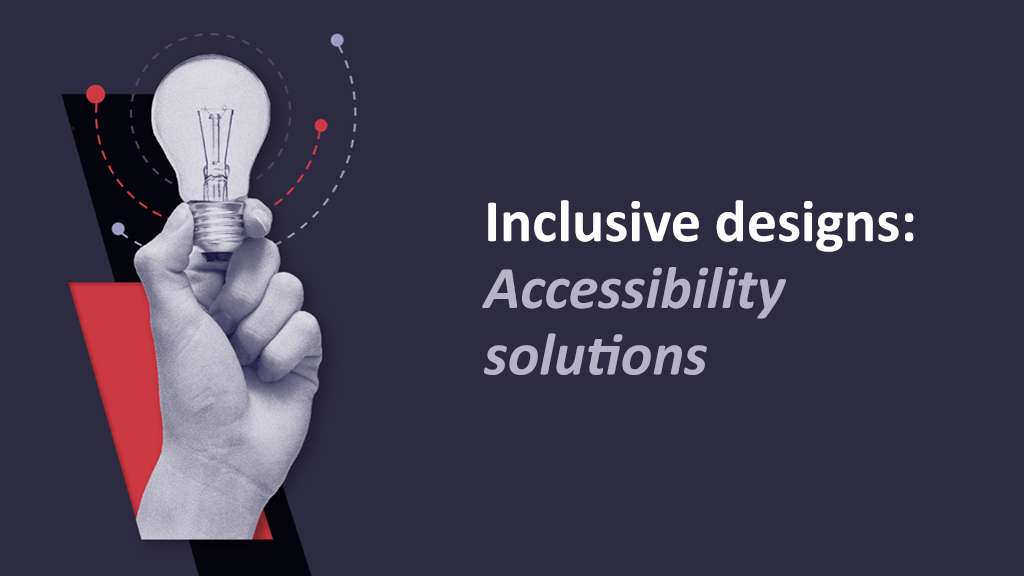Sustainable Software Development Practices: Minimising Environmental Footprint in Code

It’s no longer a secret that software industries around the globe are finding ways to reduce their carbon footprint.
Eco-friendly coding, popularly known as sustainable software or green coding, has gained prominence in recent years. Programmers, developers, and architects are increasingly interested in this approach for environmental preservation.
In this article, we will discuss sustainable coding and software development best practices, along with their benefits. Dive into the world of eco-conscious programming, where efficiency meets environmental responsibility.
Explore tips and development practices to mitigate carbon emissions, enhance performance, and contribute positively to our planet.
What is Sustainable Software Development?
Sustainable software development advocates implementation, and deployment approach that prioritises energy efficiency and environmental sustainability. This practice involves creating software systems with minimal environmental impact while meeting quality standards.
Overall, adopting sustainable software design involves minimising environmental impact throughout its lifecycle, like optimising code for energy efficiency and using eco-friendly hardware and data centres.
Beyond environmental benefits, it also leads to advantages like less downtime and quicker updates, enhancing overall performance and reducing ownership costs. Ultimately, this boosts an organisation’s agility and competitiveness.
Green Coding
Green coding plays a pivotal role in achieving these sustainable goals in software development. It entails creating effective code that minimises processor time and memory usage in an effort to reduce energy usage and the environmental impact of computers.
The goal of green coding is usually achieved by using techniques such as code simplification, algorithm optimisation, and resource minimisation.
Green coding usually focuses on three pillars:
- Greener logic: Greener logic emphasises efficient code, minimal resource waste, and eco-friendly visual content.
- Greener methodology: This methodology adopts lean practices for sustainable development.
- Greener platform: It optimises energy usage and employs precise configurations. These pillars promote clean code and sustainable custom software development.

Best Sustainable Development Practices for Environment
Consider the following tips to develop a comprehensive and sustainable software development practice:
- Optimise algorithms & code: The focus of green coding is on creating code that is energy-efficient and optimised through the use of structures and algorithms. By optimising code, developers can reduce resource consumption, improve operational effectiveness, and reduce energy use – all of which contribute to a reduction in the final product’s environmental impact.
- Create energy-efficient software design: Sustainable coding integrates caching, reduced memory usage, and optimised computing processes to prioritise energy economy in programme design. Developers can make a substantial contribution to sustainability by prioritising energy efficiency throughout the whole design process.
- Move to renewable energy-powered data centres: Achieving the goal of green coding requires moving to eco-conscious data centres. In keeping with the larger environmental ethos, businesses should invest more and more in renewable energy to power their data operations.
- Craft minimalistic user interfaces: In online applications, efficient UI design – especially when combined with green code — has a substantial impact on energy usage. Simplify and optimise interfaces to reduce device workload and improve user experience.
- Monitor & optimise regularly green coding: Eco-friendly programming is a notion that involves a cycle of ongoing observation and improvement. Software engineering experts employ specialised techniques to pinpoint areas of energy usage and performance constraint, allowing for strategic prioritisation of optimisation efforts.
- Cloud computing: Physical infrastructure such as servers and data centres uses a lot of energy. Moving software development to the cloud helps reduce businesses’ reliance on such infrastructure. Providers should leverage cutting-edge, energy-efficient solutions to curtail their carbon emissions.
- Virtual collaboration: Reduce carbon emissions by using virtual collaboration tools and techniques. By optimising remote work and reducing the need for business travel, firms can reduce emissions associated with commuting and the environmental impact of office space. Virtual meetings, project management platforms, and file-sharing systems enable seamless communication and collaboration while minimising the carbon footprint.
Benefits of Green Technologies in Software Development
Here are some of the benefits that green coding practices bring to businesses:
- Cost-efficiency & resource optimisation: Reducing their energy use gives businesses the chance to save energy costs. In turn, in light of the volatile nature of energy prices, this approach offers financial stability.
- Positive impact on corporate social responsibility (CSR): Employing sustainable coding techniques helps companies move closer to reaching net-zero emissions. This demonstrates their commitment to the environment, enhancing their reputation for corporate social responsibility.
- Attracting eco-conscious clients and partners: Today, sustainability is becoming more important to both businesses as well as consumers. In such times, using sustainable development practices can earn environmentally conscious partners and clients.
- Lower environmental impact: One of the obvious benefits of employing green technologies in software development is diminishing the carbon footprint.
- Efficient resource use: Green technologies enable developers to ensure that software applications use less hardware resources and promote sustainable technology use through simplified coding.
- Enhanced software performance: Contrary to belief, green technologies often enhance software speed and efficiency.
Conclusion
In conclusion, sustainable software development represents not only a movement towards mitigating environmental impact but also enhancing business performance and competitiveness.
When organisations and developers commit to green coding practices and prioritise energy efficiency throughout the software lifecycle, they can significantly reduce carbon emissions, optimise resource usage, and lower operational costs.
Let us continue to prioritise sustainability in software development for a greener future.


Seamless Integration How Consumers Want Their Devices and Services to Work Together
July 17, 2024 Read More

